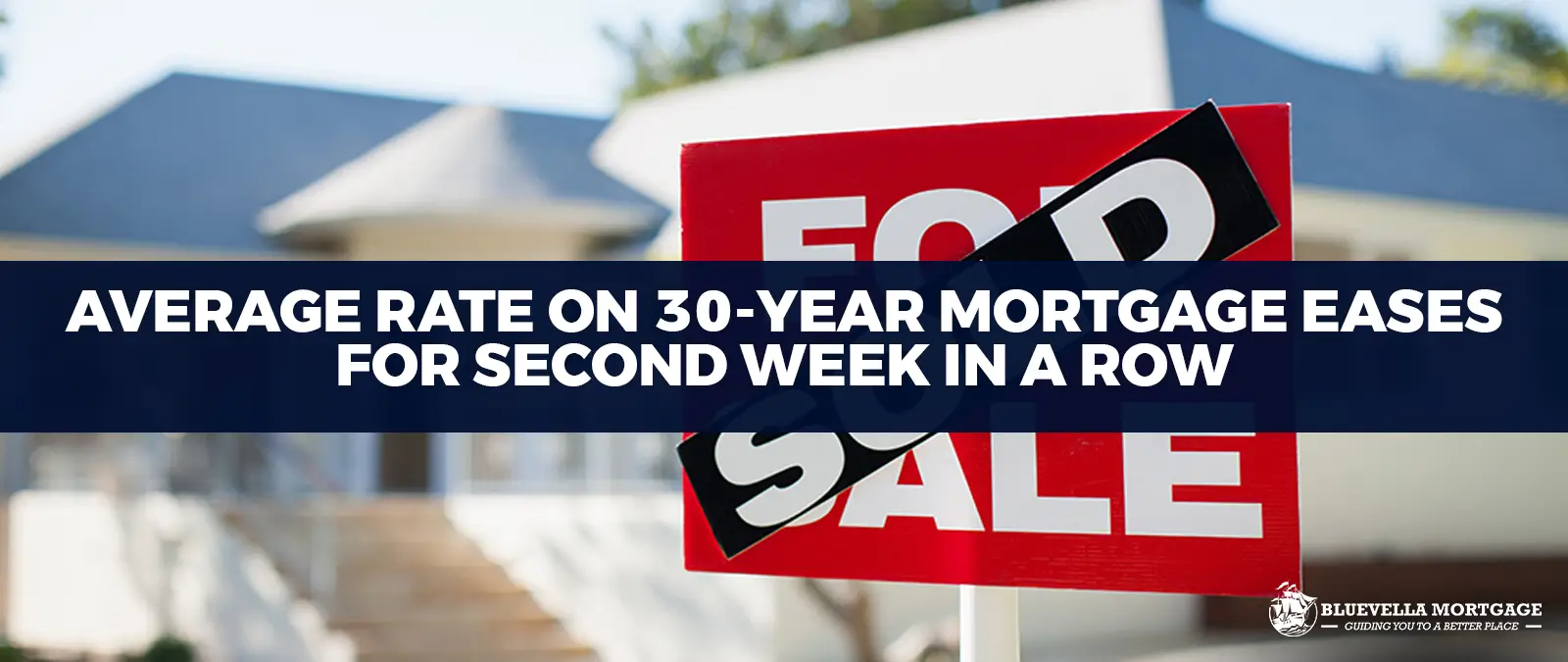Apply for a Mortgage Loan Online In today’s fast-paced digital age, applying for a mortgage loan online has emerged as a convenient and efficient alternative to traditional methods. The advantages of online mortgage applications are manifold, encompassing convenience, speed, and accessibility. Prospective homeowners can effortlessly initiate and confidently monitor their mortgage application process from the comfort of their own cozy homes, without the frustrating need for multiple time-consuming in-person visits to financial institutions. This seamless and empowering experience brings peace of mind and convenience to the often stressful journey of buying a dream home
The primary advantage of online mortgage applications is the unparalleled convenience they offer. Applicants can submit necessary documents, fill out forms, and communicate with loan officers at any time, day or night. This flexibility is particularly beneficial for individuals with demanding schedules or those who reside in remote locations, far from traditional banking centers.
Speed is another significant benefit. Online mortgage applications often boast faster processing times compared to their traditional counterparts. Automated systems and digital document submissions streamline the process, allowing for quicker decision-making and approvals. This means that prospective homeowners can move forward with their plans without unnecessary delays.
Accessibility is also a key factor driving the popularity of online mortgage applications. A wealth of resources is available at the applicant’s fingertips, including online calculators, educational materials, and customer support chat services. These tools empower applicants to make informed decisions and navigate the complexities of mortgage loans with greater confidence.
The rise in popularity of online mortgage applications is a testament to their viability as a practical option for prospective homeowners. As technology continues to evolve, more financial institutions are offering robust online platforms to meet the growing demand. This shift towards digital mortgage applications reflects a broader trend in the financial industry towards greater efficiency and customer-centric services.
For those looking to embark on the journey to homeownership, online mortgage applications present a streamlined, user-friendly, and efficient path forward. Embracing this modern approach can significantly simplify the mortgage process, making the dream of owning a home more accessible than ever before.
Preparing to Apply for a Mortgage Loan Online
To Apply for a Mortgage Loan Online requires thorough preparation to ensure a smooth and successful process. One of the first steps is to gather all necessary financial documents. These typically include your tax returns for the past two years, recent pay stubs, and bank statements from the last few months. Lenders use these documents to verify your income and financial stability. Additionally, if you have any existing debts, such as student loans or car payments, you will need to provide detailed information about these as well.
Understanding your credit score is another critical component. Your credit score affects the interest rate you will be offered and your overall eligibility for the loan. It is advisable to check your credit score well in advance. You can obtain a free credit report from major credit bureaus. If your score is lower than desired, take steps to improve it. This could involve paying down outstanding debts, disputing any inaccuracies on your report, and avoiding new credit inquiries before applying for the mortgage.
Having a clear understanding of your budget is equally essential. Calculate how much you can realistically afford to borrow, considering your monthly income, expenses, and current debt obligations. Online mortgage calculators can be helpful tools in estimating your monthly payments and overall loan affordability. It is prudent to aim for a loan amount that leaves you with a comfortable financial cushion rather than stretching your budget to its limit.
Being well-prepared with these documents and understanding your financial standing will not only speed up the online mortgage application process but also increase your chances of securing favorable loan terms. This preparation underscores the importance of diligence and financial awareness, ensuring that you embark on your home-buying journey with confidence and clarity.
Navigating the Online Application Process
To apply for a Mortgage Loan Online has streamlined the traditionally cumbersome process, making it more convenient and accessible. To ensure a smooth experience, it’s essential to understand the typical sections of the online application and how to complete them accurately. This step-by-step guide will walk you through the process.
The first section you’ll encounter is the Personal Information section. Here, you’ll be required to input your full name, contact details, date of birth, and Social Security Number (SSN). Ensure that all information matches your identification documents to avoid delays. Double-check for any typos or inconsistencies.
Next, you’ll provide your Employment History. This section typically asks for details about your current and previous employers, including the name of the company, your job title, and the duration of your employment. Be honest and thorough, as lenders use this information to assess your job stability and reliability.
The Income Details section will ask you to report your income from all sources. This may include your salary, bonuses, commissions, and any other regular income. It’s crucial to provide accurate figures, supported by recent pay stubs or tax returns if requested. Many online platforms offer integrated calculators to help you determine your gross and net income, ensuring that you provide precise information.
In the Property Information section, you will need to supply details about the property you wish to purchase or refinance. This includes the address, estimated value, and type of property (e.g., single-family home, condo). Make sure that the information is correct and aligns with your purchase agreement or appraisal.
To enhance your application experience, many online mortgage platforms offer helpful tools and features. Look for options such as live chat support, which can provide immediate assistance with any questions you may have. Additionally, some platforms include mortgage calculators that allow you to estimate monthly payments, interest rates, and loan terms, helping you make informed decisions.
By carefully navigating each section and utilizing the available tools, you can complete your online mortgage application efficiently and accurately, increasing your chances of approval and securing the best possible terms for your loan.
Next Steps After Submitting Your Application
Once you have submitted your online mortgage application, the lender will initiate the review and approval process. This begins with a thorough examination of your financial information, credit history, and the property details. The timeline for this process can vary, but it typically takes anywhere from a few days to several weeks, depending on the lender and the complexity of your application.
During this period, the lender will assess several factors to determine your eligibility for the mortgage loan. Key considerations include your credit score, debt-to-income ratio, employment history, and the appraised value of the property. It is essential to provide accurate and complete information to avoid delays. Lenders may request additional documentation, such as recent pay stubs, tax returns, or bank statements, to verify the details provided in your application.
If further documentation is needed, the lender will communicate this via email or through the online portal where you submitted your application. Make sure to respond promptly to any requests for additional information to keep the approval process on track. Most lenders offer a way to track the status of your application online, providing updates on the progress and any pending actions required from your end.
Effective communication is crucial during this stage. Expect regular updates from your lender, either through automated notifications or direct contact from a loan officer. If you have any questions or concerns, do not hesitate to reach out to your lender for clarification. This proactive approach can help you stay informed and address any issues that may arise promptly.
As you approach the final steps towards closing the loan, it is important to prepare for homeownership. This includes setting up homeowner’s insurance, planning for closing costs, and understanding the terms of your mortgage agreement. Being well-prepared ensures a smooth transition from loan approval to moving into your new home.






